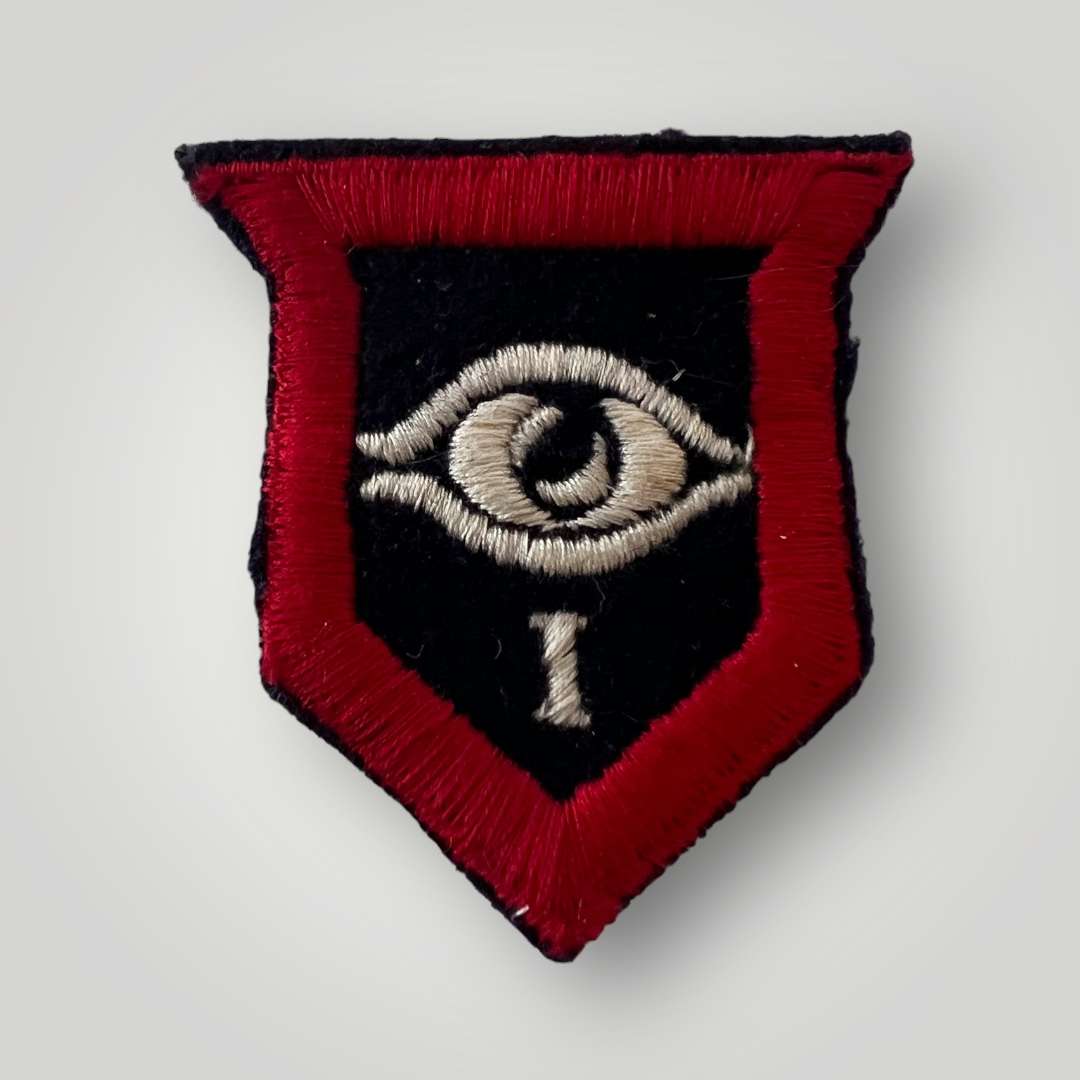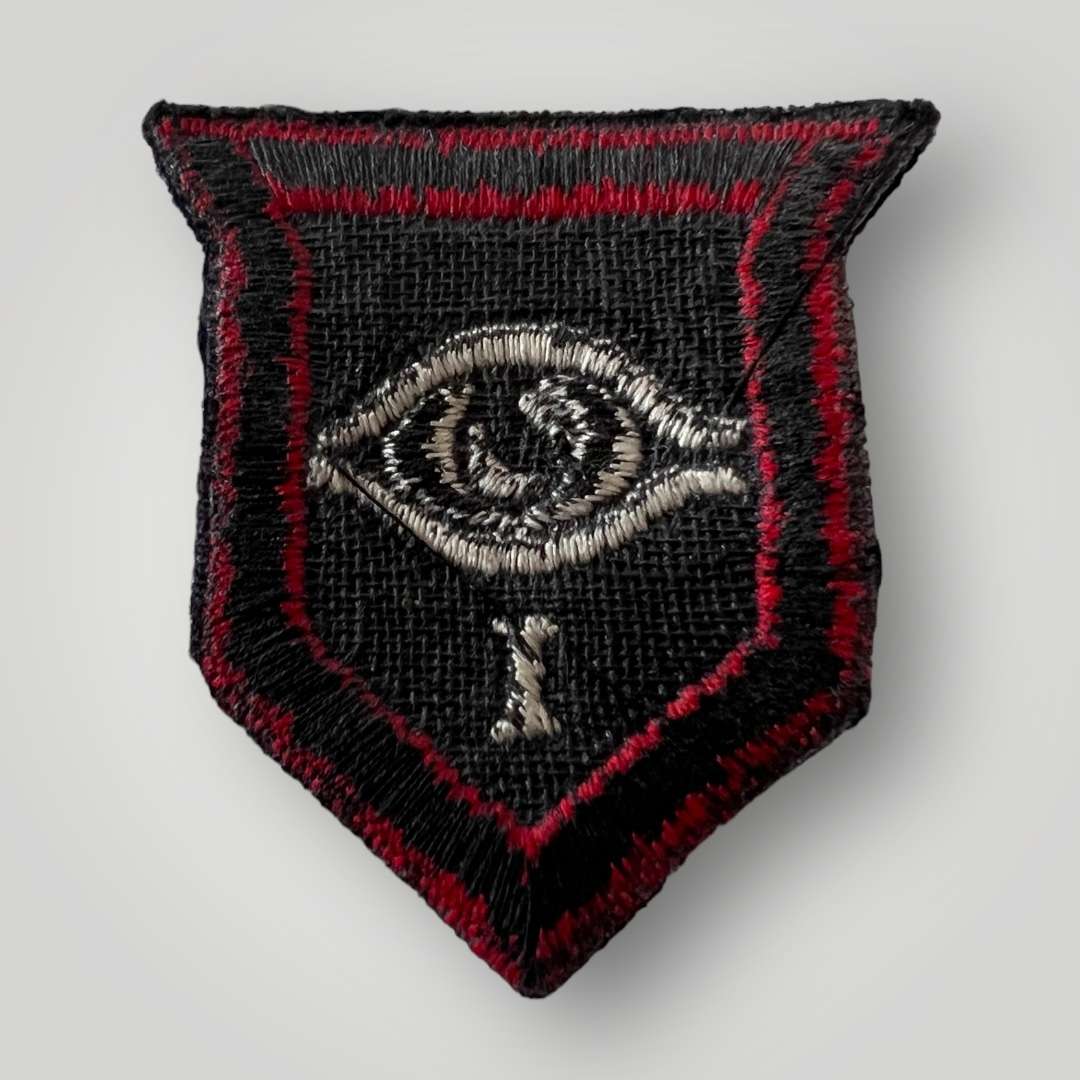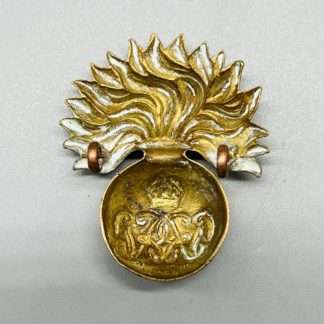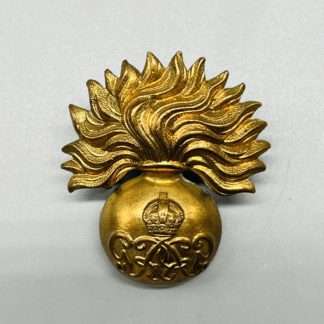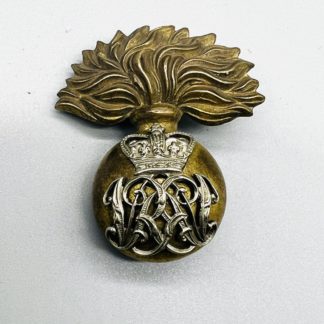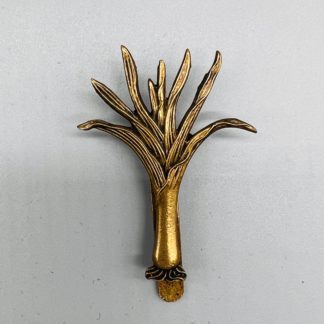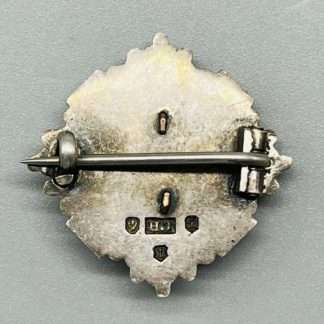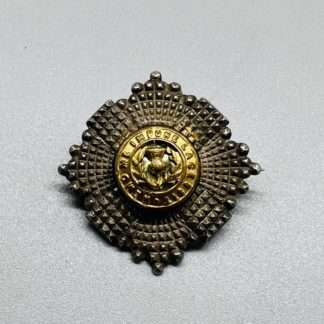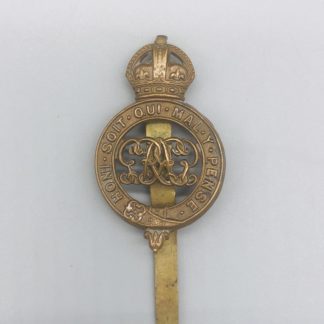Description
Guards Division Formation Badge Brief History
The Guards Armoured Division was established on 17 June 1941, drawing its members from various Guards units, including the Grenadier Guards, Coldstream Guards, Scots Guards, Irish Guards, Welsh Guards, and the Household Cavalry.
This initiative was driven by General Sir Alan Brooke, then Commander-in-Chief of Home Forces, to address the shortage of armoured troops in England in anticipation of a German invasion. Prior to this formation, several Foot Guards battalions had already seen action. The 2nd Irish Guards participated in the Narvik expedition in Norway, while the 1st Coldstream Guards, 1st and 2nd Grenadier Guards, and 1st and 2nd Welsh Guards had all served in France in 1940.
There was initial resistance to the formation of an armoured division, as it was believed that Guardsmen should not serve as tank crews. However, the unit was eventually established under Major General Sir Oliver Leese. Unlike typical armoured regiments, the Guards Armoured Division retained its infantry company structure, organizing tanks into companies and battalions rather than squadrons and regiments.
In September 1942, Major-General Sir Alan Adair took command and led the division until the end of the war. The division became part of the 21st Army Group for the invasion of Europe, landing in Normandy during Operation Overlord. It fought in the battles of Caen and Falaise and, after the breakout in late July 1944, participated in the advance to the Seine. In September, it became the first formation to enter Brussels.
The division spearheaded the XXX Corps drive during Operation Market Garden, an ambitious attempt to secure bridges across the Rhine and penetrate into Germany. It eventually crossed the Rhine in Operation Plunder and fought its way to Bremen by the war’s end in May 1945.



